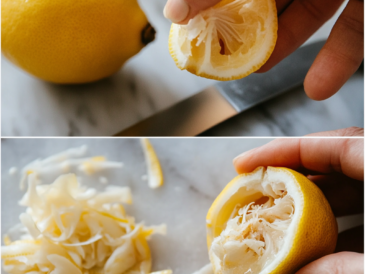Part 2: Maintaining and Enhancing Your Garden
6. Fertilizing for Optimal Growth
Proper fertilization supports healthy plant growth and lush foliage.
- Fertilizer Types:
- Balanced Fertilizers: Use a balanced fertilizer (e.g., 10-10-10) for general growth.
- Specialty Fertilizers: Opt for specific fertilizers for plants like tomatoes, roses, or acid-loving plants.
- Application Timing: Fertilize in early spring as plants start growing and again mid-season if needed. Follow package instructions to avoid over-fertilization.
- Organic Options: Consider using compost, fish emulsion, or bone meal for a natural nutrient boost.
🌿 Slow-Release Fertilizers: Use slow-release fertilizers to provide a steady supply of nutrients over time.
7. Controlling Pests and Diseases
Preventing and managing pests and diseases keeps your garden healthy and lush.
- Integrated Pest Management (IPM):
- Monitoring: Regularly inspect plants for signs of pests or diseases.
- Natural Predators: Encourage beneficial insects like ladybugs and lacewings to control harmful pests.
- Organic Treatments: Use neem oil, insecticidal soap, or garlic sprays to manage pest issues without harsh chemicals.
- Disease Prevention:
- Proper Spacing: Ensure good air circulation to prevent fungal diseases.
- Disease-Resistant Varieties: Choose plant varieties known for their resistance to common diseases.
🛡️ Sanitation: Remove and dispose of infected plant material promptly to prevent disease spread.
8. Seasonal Care and Adjustments
Adapting your garden care to seasonal changes ensures continuous growth and beauty.
- Spring:
- Planting: Start planting new crops and perennials. Apply a balanced fertilizer to support new growth.
- Pruning: Trim back dead or damaged branches from shrubs and trees.
- Summer:
- Watering: Increase watering frequency during hot periods. Mulch to retain moisture.
- Weeding: Regularly remove weeds that compete for nutrients and water.
- Fall:
- Harvesting: Collect fruits and vegetables. Clean up fallen leaves and plant debris.
- Preparation: Add compost and mulch to prepare soil for winter and improve fertility.
- Winter:
- Protection: Use frost cloths or mulch to protect plants from extreme cold. Prune dormant plants to maintain shape and health.
- Planning: Plan your garden for the next growing season, considering any adjustments based on the past year’s performance.
🌨️ Winterizing Tools: Clean and store garden tools properly to extend their lifespan.
9. Enhancing Garden Aesthetics
Boost your garden’s visual appeal with these finishing touches:
- Garden Art: Add decorative elements like sculptures, birdbaths, or garden gnomes for a personal touch.
- Pathways: Create pathways using gravel, stepping stones, or pavers to make your garden more accessible and attractive.
- Seating Areas: Include seating areas like benches or garden chairs for relaxation and enjoyment of your space.
🌺 Seasonal Decorations: Incorporate seasonal decorations and plants to keep your garden interesting throughout the year.
By following these expert tips, you’ll be well on your way to creating a lush, beautiful garden regardless of your climate zone. With the right planning, care, and seasonal adjustments, your garden will thrive and bring joy throughout the year. Happy gardening! 🌻🌿




